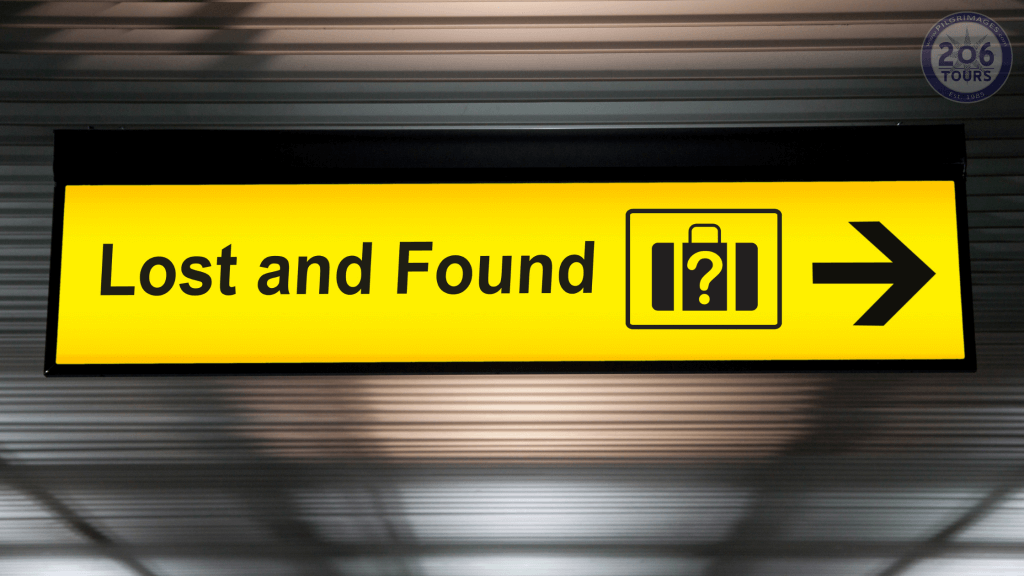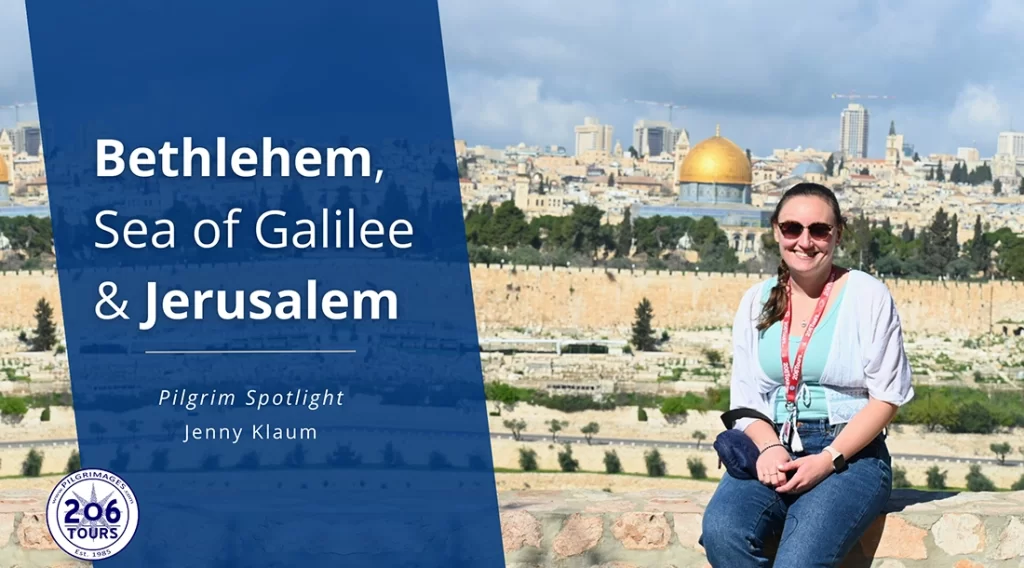The Way. The Truth. The Life.
Jesus said to him, “I am the way, and the truth, and the life. No one comes to the Father except through me.”
Catholic Pilgrimages & Spiritual Journeys to the World’s Holiest Sites with 206 Tours.
The Relics of Saints Peter and Paul
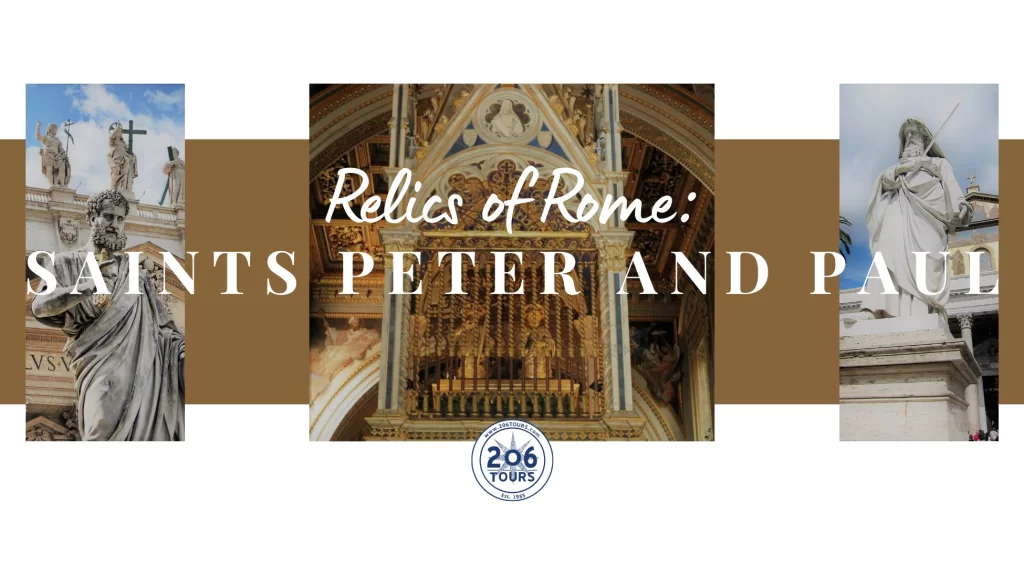
Today on June 29 we celebrate the Solemnity of Saints Peter and Paul, the keys and the sword of the Church. These two pillars of our faith make up the rock of apostolic succession and a great portion of New Testament authorship. The people, events, and objects mentioned in Scripture are preserved today in Catholic Churches in Rome. Relics like these bring the Word of God to life, remind us of its reality, and reignite our faith in the One, Holy, Catholic, and Apostolic Church.
1. Saint Peter’s Tomb
The story of St. Peter’s Basilica is long enough to fill books. St. Peter was crucified upside down and buried in a pagan and Christian cemetery, with graves decorated with Christian symbolism disguised as pagan (because Christianity was illegal). His tomb has always been a profound place of prayer for Christians and a pilgrimage site, though secretly. Once Christianity was legalized, the complex of mausoleums in which Peter was buried was partially broken down and filled in for the foundation of the first basilica. A complicated series of excavations beginning in the 20th century have revealed both the pagan and Christian burial sites, and today’s Scavi tours culminate in a viewing of the actual location of what is believed to be St. Peter’s bones. The rock of the Church is literally the “rock” of the modern basilica. His grave is directly underneath the main altar. It is significant that our first pope died in a manner similar to Christ (he refused to die in the exact way that Christ did), and that the Vatican is built on his bones. Our Church was not just founded on Peter’s authority, but on his sacrifice.
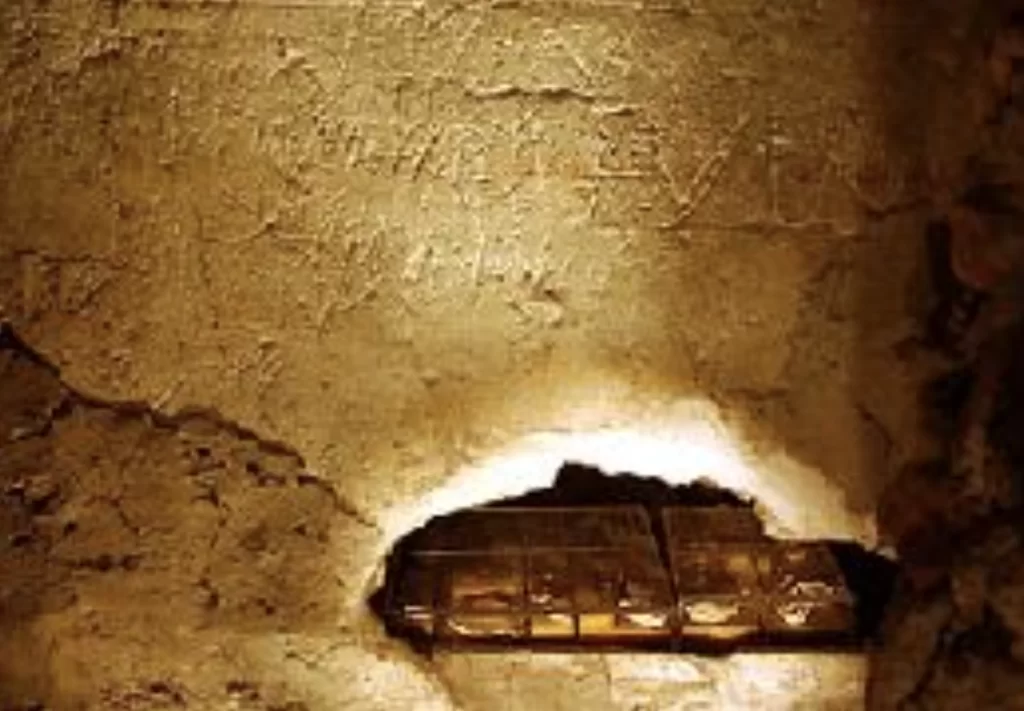
2. Saint Paul’s Tomb
St. Paul was beheaded under Nero in Rome between 65 and 67 AD. Two miles from the location of his martyrdom, he was buried by a devout Christian woman in a Roman necropolis (because he was a Roman citizen). Devotion to his place of burial sparked up immediately, and Constantine ordered an excavation of the memorial set up over his grave once he legalized Christianity in the fourth century. Constantine built a basilica over his grave in 324 AD, and that basilica has been expanded and embellished throughout the centuries to be the modern-day St. Paul Outside the Walls. The apostle’s tomb is buried beneath the Church’s altar, and there is a viewing window for people to venerate the sarcophagus. St. Paul’s death mirrors that of Christ. He lived a remarkable life preaching the Good News, and then died for the sake of the Kingdom. The second reading for today’s solemnity teaches us St. Paul’s disposition before his death:
“I, Paul, am already being poured out like a libation,
and the time of my departure is at hand.
I have competed well; I have finished the race;
I have kept the faith.
From now on the crown of righteousness awaits me,
which the Lord, the just judge,
will award to me on that day, and not only to me,
but to all who have longed for his appearance” (2 Timothy 4:6-8).
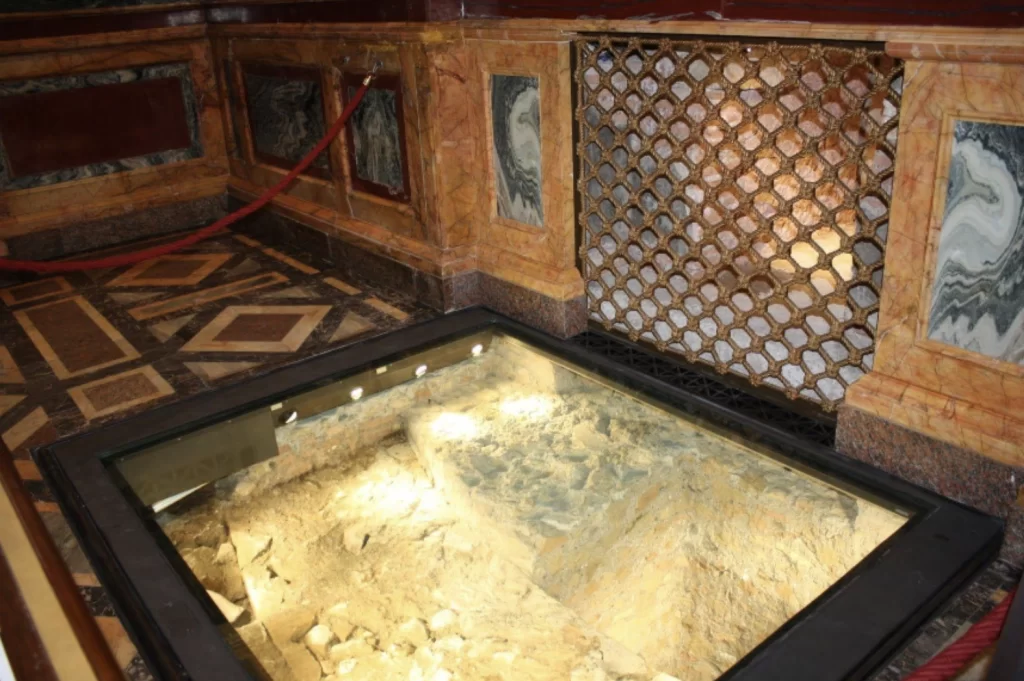
3. The Skulls of Saints Peter and Paul
Each of these saints have basilicas built over their graves and in their names. Their skulls, however, are a different story. Though their bodies lie separately, the skulls of Saints Peter and Paul are displayed together in the Basilica of St. John Lateran. The “holy heads” are enclosed in two ornate reliquaries high above the main altar (pictured above). They were moved to the Lateran Basilica by Pope Urban V (1368-70) to emphasize the double apostolicity of Rome, emphasized also by today’s significant solemnity. The display of these relics teaches us that St. Peter and St. Paul are literally the “heads” of the Catholic Church.
4. Saint Peter’s Chains
Acts 12 describes King Herod’s arrest of Saint. Peter. “Secured by double chains” and “under the guard of four squads of four soldiers each,” the first pope was awaiting trial in prison on the feast of Unleavened Bread. Scripture reminds us of the power of prayer by noting that the Church was fervently pleading to God on his behalf, and that night an angel woke him up and freed him. His double chains fell off, and the angel miraculously led him out with all the guards unaware. These very chains are on display for veneration in Rome in the church “San Pietro in Vincoli,” Saint Peter in Chains. The chains and our preservation of them are an incredible reminder of our Church’s roots in our first pope. Peter, called by Jesus Christ himself, was enslaved for our sake and saved by God to continue spreading the Gospel. Throughout the centuries God has protected His True Church with various miracles like this one and blessed many, like Peter and Paul, to eventually be martyrs for the Kingdom.
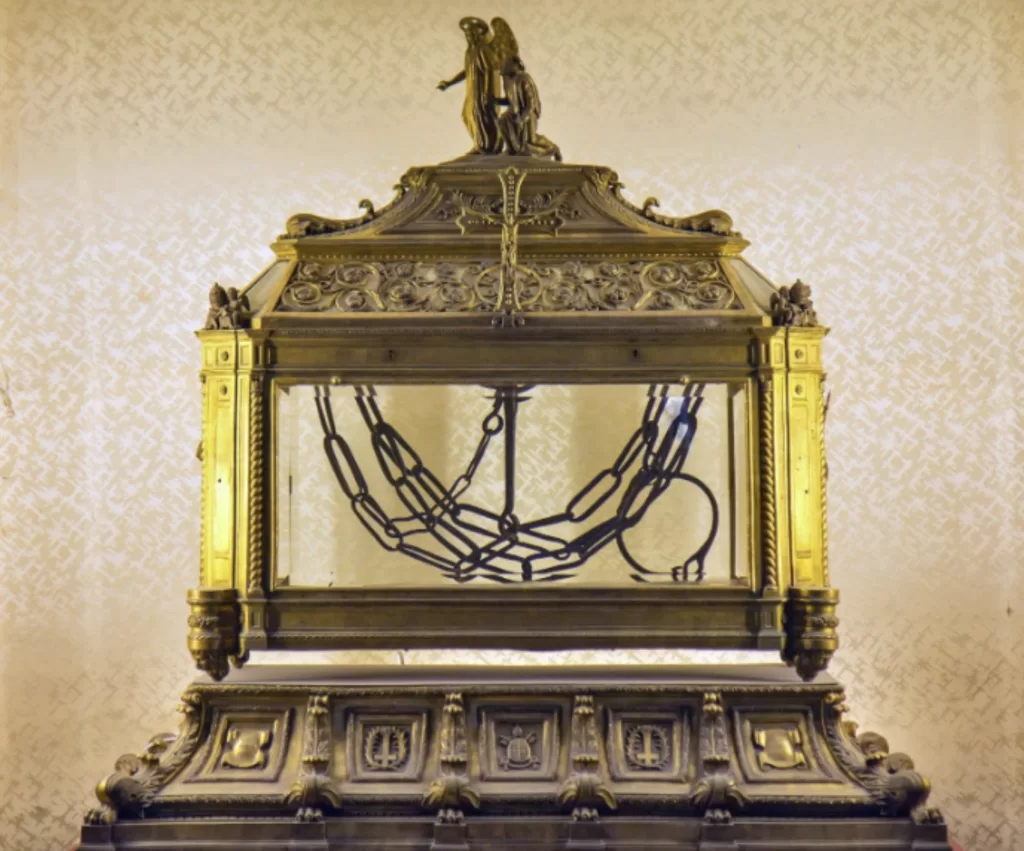
5. Saint Paul’s Chains
Also in the Basilica of St. Paul Outside the Walls, along with his tomb, are St. Paul’s chains. According to ancient tradition, these chains fastened Paul to the Roman guard responsible for him. Every year on this day, the Solemnity of Saints Peter and Paul, the chains are processed around the basilica. The self-proclaimed “prisoner for the Lord” was imprisoned several times and boasted of his weakness and trials. As St. John Chrysostom preached regarding these chains, “nothing is so glorious as a bond for Christ’s sake.” From St. Paul’s many writings and persecutions, we learn the value in standing up for our Faith in Christ, regardless of the consequences. Our reward is in Heaven.
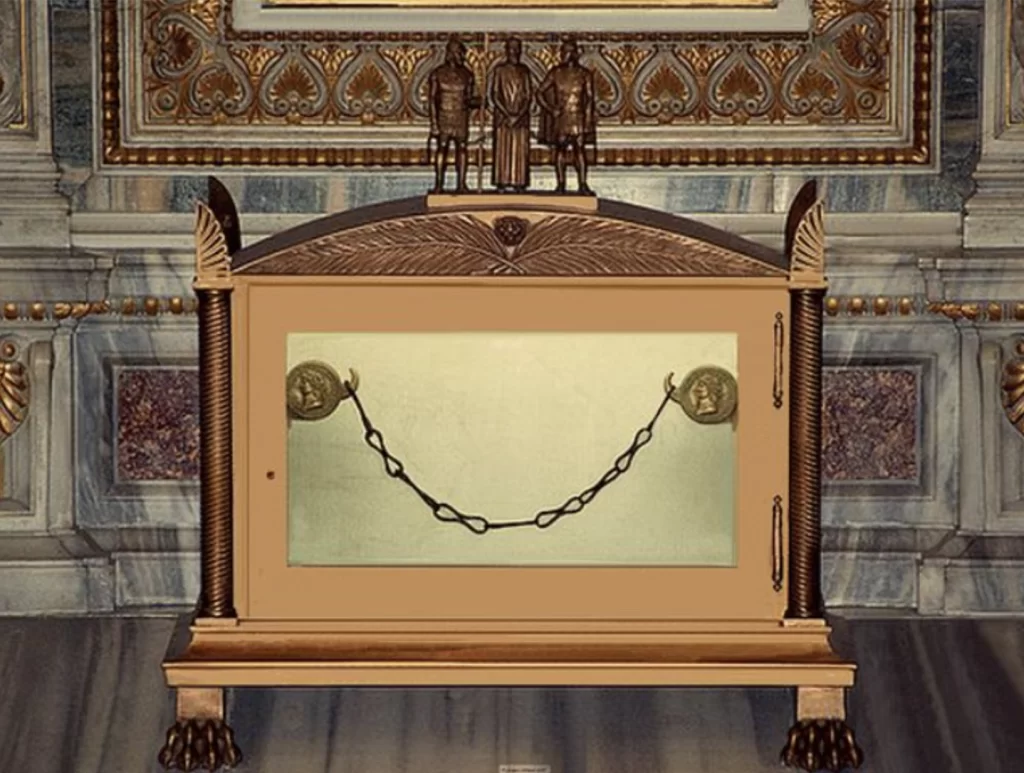
Blogs

How to Renew Your Passport Online

Cruise Pilgrimage: A New Kind of Spiritual Journey

What a 206 Tours Guide Brings to Your Pilgrimage

Preparing for the Unexpected While on a Pilgrimage

What You Need to Know About Attending a Papal Audience

5 Ways to Begin Preparing for a Pilgrimage
view all
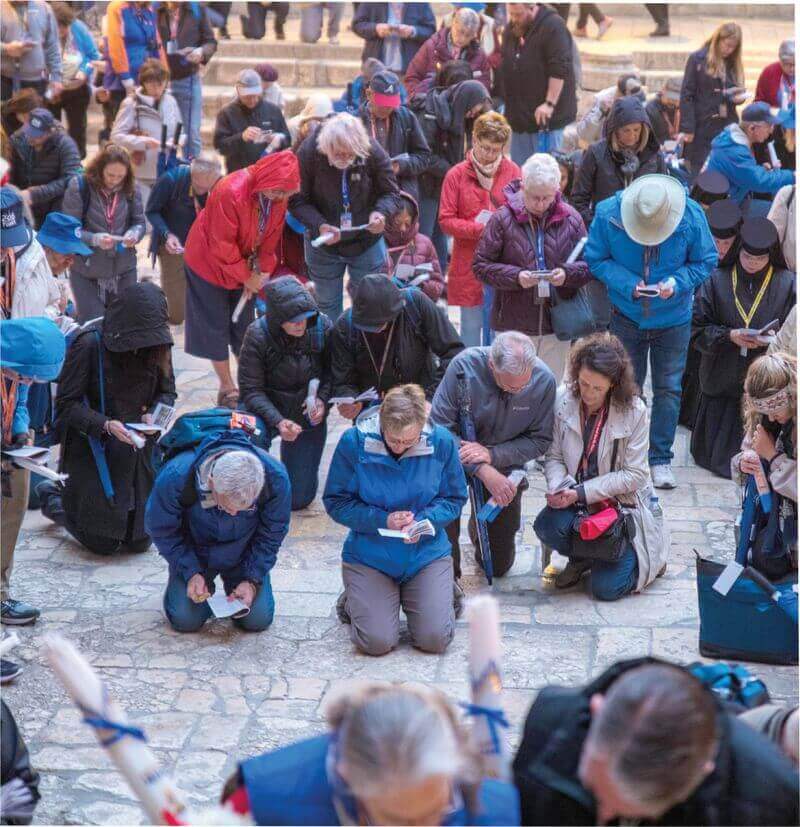
206 Tours Pilgrims
What is a 206 Tours Pilgrimage Like?
“To go on pilgrimage really means to step out of ourselves in order to encounter God where he has revealed himself” – Pope Benedict XVI
RECOMMENDED
Upon the Death of a Pope: Procedure...
RECOMMENDED
Lost Luggage: What To Do If This Ha...
RECOMMENDED
Bethlehem, Sea of Galilee & Je...
Join Us
Join over 400,000 faithful Pilgrims and get exclusive travel tips, giveaways and more!

